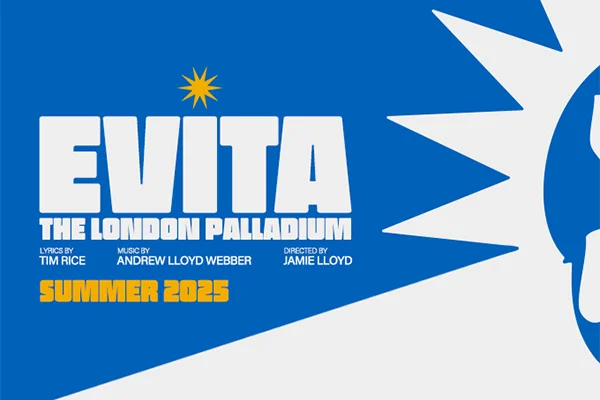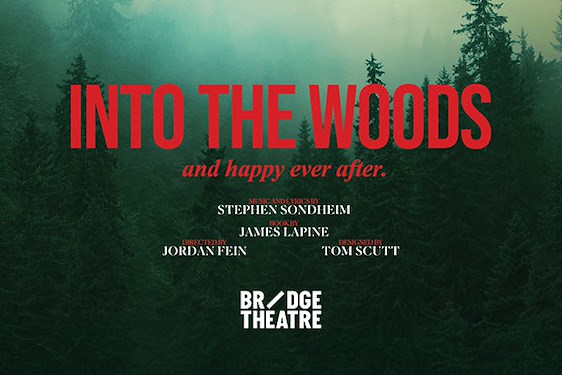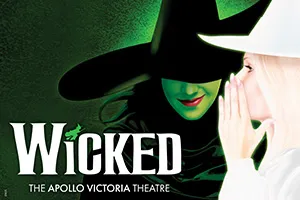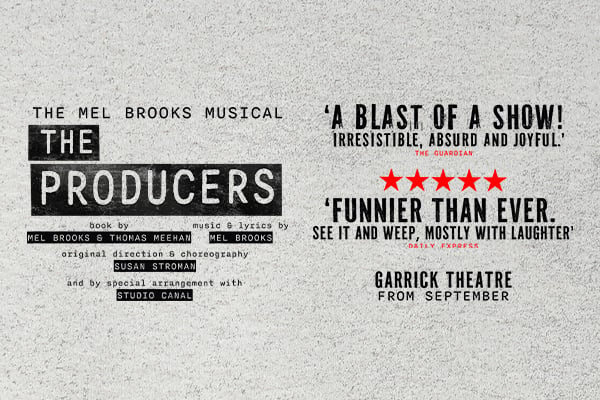If The Royal Court’s reputation for producing work that’s a little ahem, “arty” has put you off making a visit recently for fear of Death by Pretension, then the enjoyable and easily accessible
It’s the subtlety that makes this much more accessible.
The title refers to those in-box instructions that have been used from stand-up to sitcom to immediately place characters at an age that is as many years after the possibilities of youth as it is before the inevitability of death. Jane Horrocks and Mark Bonnar effortlessly embody the symbiosis of Max and Hari, a married couple for whom the memory of accepting the pretence that marriage was a declaration of love is recalled only when looking at old Polaroids, but the surrendering to the reality of it being simply a safety net against pre-death solitude is still a few years away.
Both actors mainly rely on the light touches they give each other of mutual recognition and ritual – rather than displaying any near-surface bubbling dissatisfaction – to allow us in and to see further inside them. The effect is that we can see that it’s not always about bad things happening to good people. It’s just about things. It’s just about people.
Thomas Eccleshare’s script uses the shorthand created by the DIY on many levels. By needing no depth of explanation, it gently coaxes us into the – mainly gag-ridden – opening as the assembly project begins. It comments on how we tell ourselves that we do these time-consuming mundane tasks – that in essence have replaced the role of ‘handyman’ with ‘helpline’ – not just because it’s cheaper but because we can reframe it as a hobby, adding a creative outlet to the character assessment we are subconsciously always giving ourselves.
And, whilst not many of us may not want to admit to a desire to keep up with our own Joneses, the couple use the project to counter friends Laurie and Paul (a lovably hateable Michele Austin and a just-two-steps-away-from-misogyny Jason Barnett) as they tell of their own difficulties as being parents to three uber-successful prodigies.
But what lies underneath all this is the (very quickly revealed) twist. The almost science fiction element dismissed from any conversation as though unwarranting of even question, let alone surprise – is that this flatpack, this project, is a little different to their usual habit of ‘tinkering with spare parts’. The thing they want to build, to create, to bring to life this time is a child. Well a grown-up child that may be operated by remote control but that they ‘unknowingly’ are building to look and to sound and to act like their recently deceased son. But ultimately to act better.
As you might expect from The Royal Court, the script is generally successfully in its attempt to avoid mawkishness (bar a couple of unnecessary and uncomfortable monologues – cut them please!) It also doesn’t try to solve or resolve any earlier actions that may or may not have been a cause of Nick’s demise. Brian Vernel plays both Jan - the cutely IKEA referencing name given to the ‘robotic son’ – and the ‘real’ son Nick; the latter in scenes that lead up to his death but naturally flow into and out of the present without a jolt or any ‘time past’ lighting change. There are a few clever tricks played as he changes from one to the other in just a moment (magic is indeed credited in the programme to Illusionist Paul Kieve but it’s to its strength that I would class this more in the realms of clever trickery)
The believability is ultimately down to the superbly nuanced and very talented Vernel himself who doesn’t seem to change anything in his performance that you can quite put your finger on and yet seems to be two very different sides to the same, one-faced coin. His performance alone is reward for the ticket.
It’s the subtlety that makes this much more accessible – and I would suggest therefore more impactful to many – than the “high art” pieces often to be seen at The Court. The uniformly strong cast give moments of cheery chuckles that flip into ones of pure poignancy in a heartbeat. And the entire piece has but a tiny amount of stylised movement (conveyor belts move us from setting to setting and most entrances are exits are done in the robotic movements of a factory machine) with a very nearly normal narrative. Even when the language used goes off the recognisable structure of spoken English – such as when Jan gets stuck on the word ‘swimming’ in place of ‘ham’ for his story about his lunch (see ‘X’ for relevant cross-reference), there’s enough reason to make just enough sense.
Arguably this is just another conversation about what is right and good, and what is wrong and bad. It’s about how we accept what we are told to be the societal norms as the barometer against which we judge and blame both ourselves and others. And how, for as much as we may exclaim our want, our need and our success in being our own individual self, none of us can really say what it is – or should be – to be a good human being.
There’s a literal to be taken out here too – at the heart of Nick’s tale is an allusion to his drug-taking that runs in a parallel to the many times that the couples ‘raise a glass’ to success. The fact that this isn’t spoken about or even really noticeable serves as a (possibly too) subtle reminder that we accept the constant presence of alcohol as part of life, signifying sociability, celebration and success. On the other hand, drugs are never specifically mentioned in the script (the closest is a sole reference Nick makes to himself “getting high” and a question about marks on his arms). But I would safely bet that the audience – even some of the reviews – talk of his death being caused by drugs. That’s purely an assumptive supposition and one that I think acts as a great example of how Instructions For Correct Assembly provokes, without airs of unnecessary pretension. Go see. Go enjoy.


















